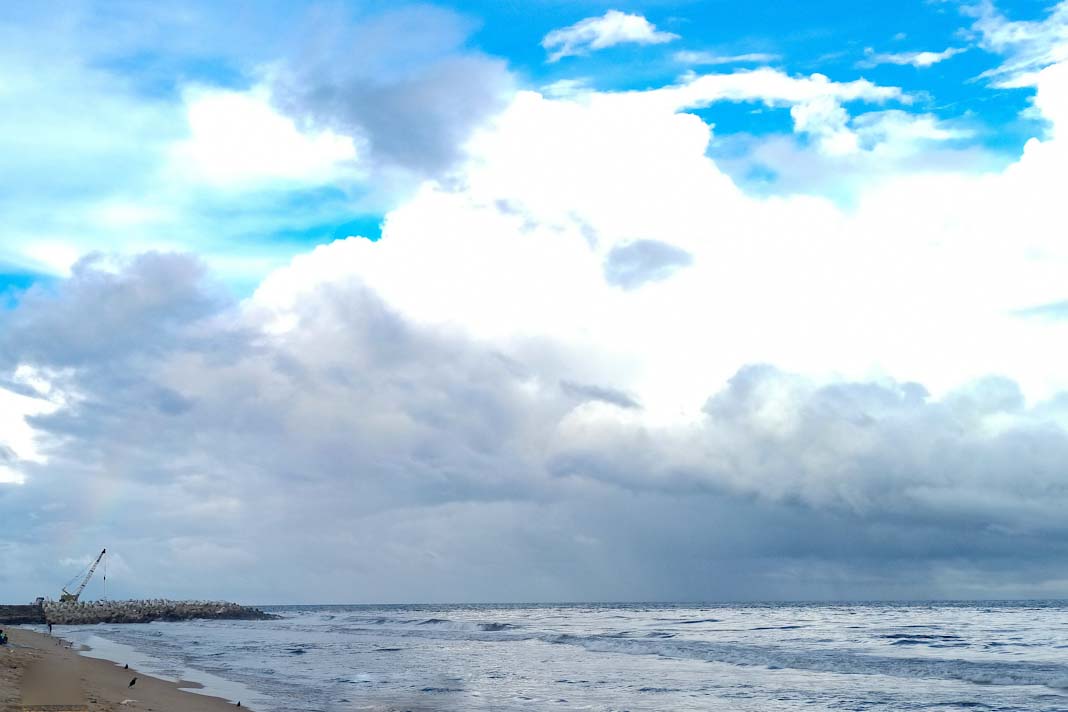The practical operation of the onboard carbon capture system (OCCS) installed earlier this year on Evergreen’s Neopanamax containership opens the door for a wider use, representing an important step for the maritime industry to achieve net-zero greenhouse gas (GHG) emissions, Japanese classification society ClassNK said, reports Offshore Energy.
Practical operation of onboard CCS
In the spring of 2024, the OCCS system was installed on the 13,806 TEU containership Ever Top owned by Taiwanese shipping company Evergreen Marine Corp. ClassNK certified the system, claiming it was the world’s first onboard CCS installation on a Neopanamax.
The CCS system, designed and developed by Shanghai Marine Diesel Engine Research Institute (SMDERI), was installed at Huarun Dadong Dockyard (HRDD).
The system ‘successfully captured’ CO2 from the ship’s exhaust gas emissions.
The captured CO2 was offloaded to a shore facility and was recycled. ClassNK confirmed an amount of the offloaded CO2 and deducted the amount from the ship’s annual CO2 emissions in carbon intensity indicator (CII) assessment under the direction of the Flag Administration of the Panama Maritime Authority.
During the operation, the Panama Maritime Authority determined the deduction of captured CO2 amount from the OCCS from annual CO2 emissions in the CII assessment.
What is more, Evergreen was responsible for the installation and operation of the OOCS and capturing/offloading and recycling of CO2.
Additionally, SMDERI, an affiliate of China State Shipbuilding Corporation (CSSC), developed the system and technical support for the operation.
Finally, ClassNK confirmed the system’s compliance with safety requirements.
In a separate announcement, SMDERI said that the first domestic marine carbon capture system independently developed by CSSC’s research institute completed the onshore joint test on September 27, 2024.
Specifically, the system is suitable for large containerships of 15,000 TEU. Some of its features are efficient absorption, low-energy separation, and compact low-temperature storage. It can reduce system energy consumption and volume while increasing the carbon dioxide capture rate. It is expected to significantly reduce the operational CII and meet the medium- and long-term decarbonization strategic goals of the International Maritime Organization (IMO).
Did you subscribe to our daily Newsletter?
It’s Free! Click here to Subscribe
Source: Offshore Energy
























